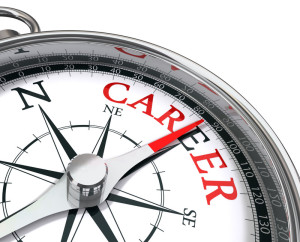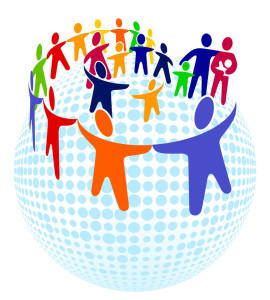My husband and I recently went to a Red Sox game. We are not the biggest of sports fans, but we like to get to a game or two each year. It was a glorious summer day – sunny sky with a temp in the mid-70’s. A  perfect Sunday afternoon for a baseball game. We all know that baseball can be slow at times with brief moments of intense action. I put my crowd dynamics lens on and observed.
perfect Sunday afternoon for a baseball game. We all know that baseball can be slow at times with brief moments of intense action. I put my crowd dynamics lens on and observed.
First there’s the “wave”. How do they start? And what does it take for them to be successful? The first one started in a section near right field, had to go through the grandstand area, and over to the “green monster”. If you don’t know Fenway Park, the green monster is a special section that probably has no more than 200 people in it. A prime spot for the wave to lose momentum. But it didn’t. It went all the way around the ballpark at least twice.
When another section started a second wave later in the game, it fizzled quickly. But my husband made sure he did it when the wave rather pathetically got to our section. He didn’t want to be the one to kill it. The takeaway – everyone must participate to make it successful.
Then there was the “dance off” between innings. The cameras focus on different fans around the park and when people see themselves on the big screen they do their best dance moves. You never know what you’ll see. Inhibitions are off for many people, especially kids. It was a young middle school age boy who won – he had the moves and the fans loved it. The takeaway – be less inhibited and you may go further.
And then there is the rhythmic clapping that starts and grows in intensity. It’s either to encourage the home team at a critical moment or to make the other team nervous. Continue reading









